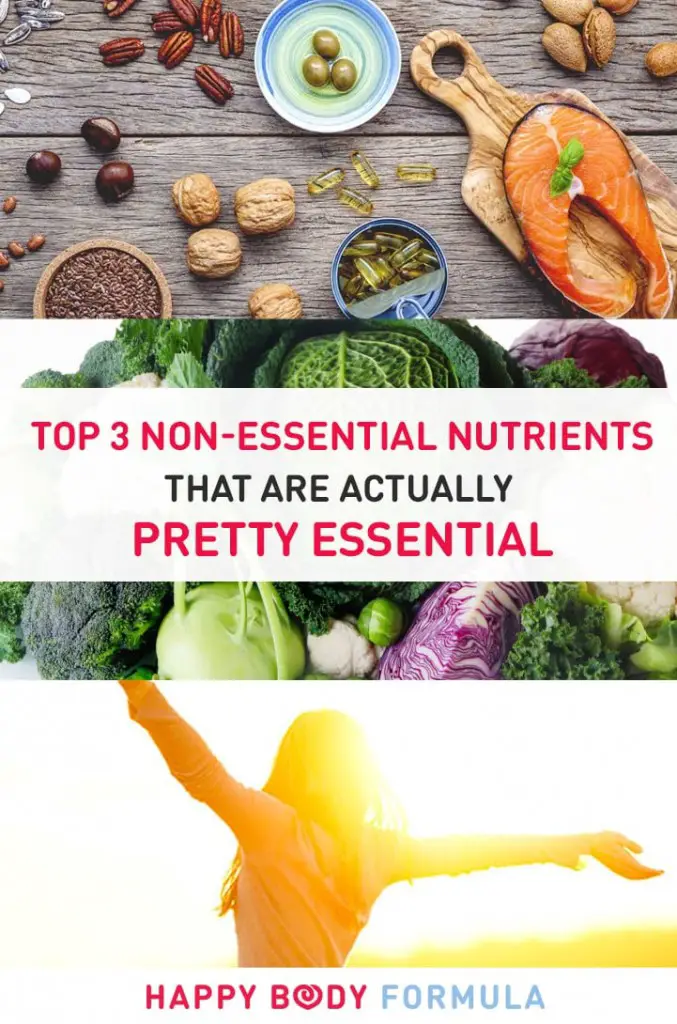Let’s cover the basics! The difference between essential nutrients and non-essential nutrients is simply the body’s ability to synthesise the nutrient internally. Essential nutrients must be consumed by humans because either the body is entirely unable to synthesise the nutrient, or it is unable to do so in substantial enough quantities.
Essential versus non-essential nutrients
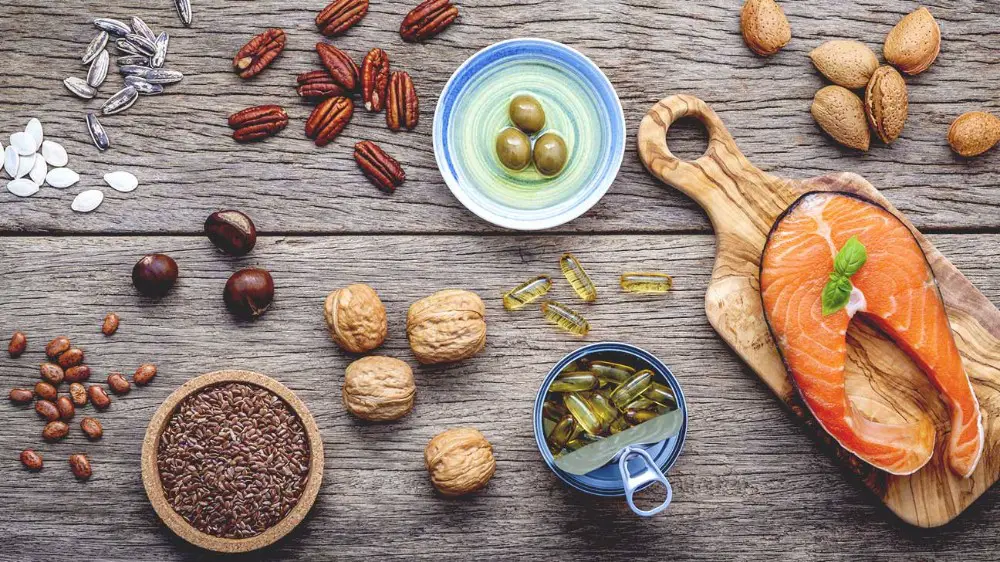
Non-essential nutrients can be made by the body, so it isn’t essential that we take ingest them either by dietary choices or with supplements.
We’re also going to cover essential “nutrients” beyond what nutrients are defined as. We can think of the vitamins and minerals we know we need a.k.a. micro-nutrients, or what we try to balance in our meals with macronutrients i.e. fat, carbs, and protein, but what are we missing if we don’t look any further?
By getting those “non-essential nutrients,” we can help ensure that we don’t suffer from any deficiencies of vitamins and minerals too. See, it’s a bit of a chain reaction, and getting the proper nutrients help us absorb even more from food sources and supplements.
The six categories of nutrients

- Carbohydrates
- Proteins
- Minerals
- Vitamins
- Lipids/fat
- Water
Basically, if you’re eating and hydrating, you’re not missing a beat with these. While eating an unbalanced diet can create deficiencies in any one of these things, a real food approach like our foundational nutrition during the 9-week Happy Body Formula program or any variation of the ancestral diet gives you a good chance of sufficiency across the boards.
1. Essential fatty acids
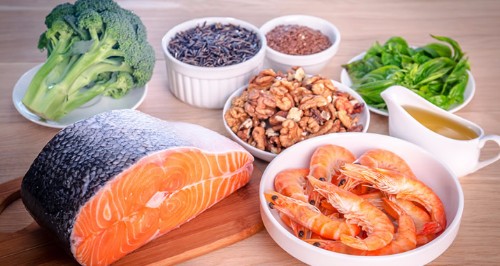
If lipids are an essential nutrient, you might be wondering why essential fatty acids ended up first on the list! Good question. Let’s chat about it.
You’ve probably heard of taking fish oil for omega-3 fatty acids in particular, or perhaps even fermented cod liver oil. We highly recommend eating seafood at least three times per week to get in those omega-3s, too. In the healthy living community, omega-3s are king, but we’re kinda, sorta missing the point if we don’t know what we’re supplementing with them for.
It’s not that we have too little omega-3 fatty acids in our diet; it’s that we have too many omega-6s in our diet. The average ratio of 3s to 6s is 1:10, while ideally, we want to aim for around a 1:1 ratio. Thus, the essential fatty acids should be more accurately described as the essential fatty acid balance. Otherwise, we’re just taking in all these omega-3s without addressing the important issue.
What happens when you have imbalance?

This is one of the most common “deficiencies” we can trace back other problems to including mineral balance and vitamin deficiency, blood sugar handling issues, and digestive distress. Essential fatty acid balance is absolutely vital to good health and vitality, and it impacts our health in numerous ways. It can also cause musculoskeletal issues, heart problems, endocrine issues, immune dysfunction, allergies, skin problems like eczema and dandruff, and mood imbalance like moderate depression. See? When we address this one thing, we are bound to see a huge impact. That’s why this nutrient BALANCE is so essential – not just the fatty acids themselves!
Another thing we know about EFA imbalance is that it can lead to systemic inflammation. In a nutshell, this is the type of inflammation that can lead to or worsen autoimmune disease, food allergies and intolerance, and more. When we address the imbalance rather than taking in MORE essential fatty acids, we can address an underlying immune response.
Moreover, we know that fats are essential in allowing our bodies to properly utilise vitamins A, E, D, and K, so by maintaining a good ratio, we can also feel confident that vitamin-rich foods and supplements we’re taking are actually working to nourish our bodies.
If you’re trying to fix your ratio, here are approximate percentages of the types of fat you should focus on getting:
- ~30% Saturated Fats (e.g. coconut oil)
- ~10% Polyunsaturated Fats (e.g. omega 3s & 6s)
- ~60% Monounsaturated Fats (e.g. olive oil, avocado & avocado oil)
Tips for getting your EFA ratio to 1:1

- Eat a variety of foods! Our ancestors didn’t have an epidemic essential fatty acid balance problem the way that we do. Yes – it’s an epidemic! This is because they generally ate a wider variety of foods, despite our assumptions that it was scarce. This is also because the meat they ate was 100% wild-caught which will be my next point. The average American eats just 17-20 different foods on a regular basis, and before agriculture, this number ranged from around 300-1,000… one thousand! Eating a wide variety of both animal foods and plant foods is one of the best things you can do.
- Eat wild foods. The nutrient profiles in grass-fed beef and wild-caught fish are entirely different than their farmed counterparts. Farmed animals will almost always contain far more omega-6 fatty acids than they do omega-3 fatty acids which worsens the ratio discrepancy, especially when these foods are being consumed 2-3 times per day. On the other hand, strict consumption of wild animals will get you to 1:1 in no time.
- Cook smart. You have to use oils with a higher smoke point to actually reap the benefits. Otherwise, heat really destroys the nutrient complex. This doesn’t just go for oils, either; you should eat your beef rare, and you should cook fish at low temperatures and briefly. When using oils, reserve olive oil and other fats with a low smoke point for dressings and vinaigrette, instead using coconut oil, ghee, or avocado oil to cook with.
2. Fibre
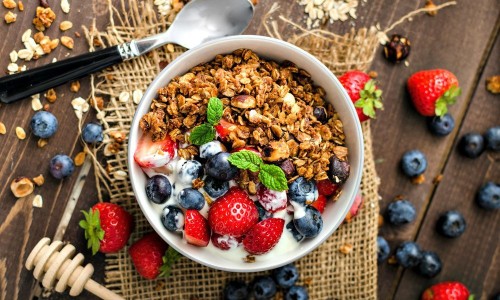
Depending on who you ask, fibre isn’t necessarily considered an essential nutrient. Basically, there are two types of fibre: dietary fibre and functional fibre. To be frank, the dietary fibre is what you naturally take in with food sources (i.e. veggies, grains) and functional fibre includes things that are either extracted, isolated, or synthetic. While functional fibre can be used to supplement fibre intake, it’s no surprise that the real deal fibrous foods are where we want to be taking in the bulk of it from. There are a few reasons for this including but not limited to better digestion and better blood sugar balance. Moreover, consumption of functional fibre is more likely to cause gastrointestinal distress than taking in a good amount of dietary fibre. While we want to improve digestion, we certainly don’t want to send it into overdrive!
While some people think that supplements are the way to go, we have to look at fibre the way we do essential fatty acids; its essential factors come down to a matter of quality versus quantity, and enough of that quality rather than going buck wild with fibre. Moreover,
There is no such thing as fibre deficiency…
…and this is why we can’t consider it an essential nutrient, despite it being a pretty crucial part of a healthy diet.
Why do I need fibre I can’t digest?
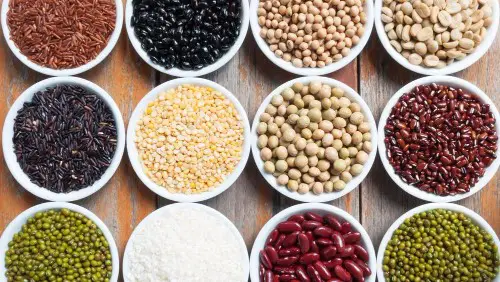
Dietary fibre is comprised of both soluble and insoluble fibre, and the latter is not digested by the body. You might be wondering why in the world it’s important at all then, but that’s exactly the reason. We don’t want to digest it; instead, we want those fibrous foods to transform into a gel-like texture, slowing the process of digestion down a bit. This is why fibre helps to cushion glucose spikes alongside carbohydrate intake, and this is why fibre is necessary for feeling fuller for longer. It’s a fantastic mechanism for satiety – just another of its many benefits.
Tips for improving (good) fibre intake
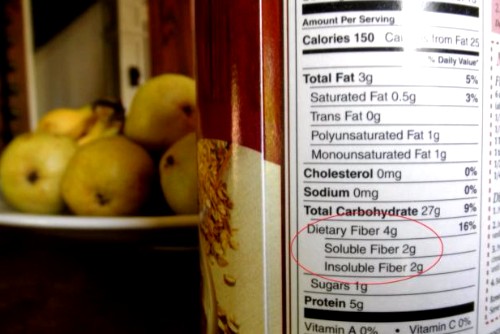
- Avoid relying on labels. The problem with fibre is that we’re taught we should take it in via cereals, granola bars, bran muffins, oatmeal, whole wheat bread, and even legumes. While properly soaked and prepared legumes are a decent source, we should look outside of the box – literally. If a label on a packaged food product promises fibre, you should think again. Most cereals, granola, muffins, and bread are loaded with additives and present other nutrition issues. Our philosophy generally sways towards a grain-free diet for optimal health because increasing fibre should address gut issues – not exacerbate them! The high amount of anti-nutrients is problematic if we’re relying on grains for our primary source of fibre.
- Don’t overdo it. The gut is the main thing in question here, and if you’re already suffering from leaky gut or pervasive issues that can be traced to the gut, overdoing fibre is not going to smooth things out. Healthy gut flora will do just fine with all that undigested food up in its space, while a poor balance of gut bacteria is going to worsen the issues. This is where something like the GAPS diet would be good to experiment with, and then you could up your fibre intake some.
- Learn about healthy sources of fibre. We recommend foods like chia seeds, berries, almonds, cruciferous veggies like kale, cauliflower, broccoli, and brussels sprouts, green beans, peas, root vegetables and healthy starches, berries, and apples. If you eat enough fruits and veggies with a healthy gut, you should be getting plenty of fibre.
3. Vitamin D
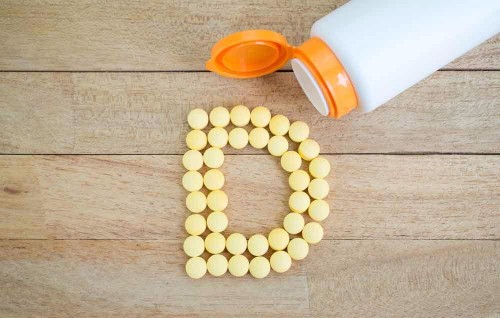
If there’s one thing I stress to people, it’s vitamin D. The only reason it is non-essential is because despite foods and the sun containing vitamin D, our bodies are keen to make it. This doesn’t mean deficiency is something we can put on the back burner and rely on our bodies to make up for! We have to put in the leg work to address it. Deficiency is actually linked to cardiovascular disease and cancer, not to mention a few more surface level symptoms we’ll notice more regularly like bad skin and mood imbalance.
Statistics on deficiency
In the U.S., deficiency is very common. This study researched a sample size and came to a few conclusions: 41.6% of participants were deficient; deficiency was most common amongst blacks and Hispanics; and deficiency is common amongst people with poor health status including those with obesity or hypertension. This doesn’t make everyone else not susceptible, though. At a 41.6% rate for deficiency, that’s nearly half the population! Like with essential fatty acid balance, the lack of vitamin D flow is epidemic status, and we have to place some emphasis on just how essential it is.
How to up your vitamin D levels

- Go outside. By and large, humans spend their time indoors. Even worse, many people are stuck working in dark spaces without natural lighting, and at this rate, we end up with dangerously little sun exposure. Your skin loves to soak up the sun, and your body loves its subsequent ability to create it as a natural response! Expose as much skin as possible,
- Supplements don’t really work. It’s the sad truth, but instead of wasting your money, you should know a little bit about how these supplements interact with the body. There are some positive aspects of supplementation if done right. If your levels are weak and you’re not getting enough sun, you need a liquid vitamin D3 supplement which is the most bioavailable to the body. You should also take into account the dosage, as studies claiming vitamin D supplements are relatively useless have mostly been done with small doses. This is a good supplement.
- Sun doesn’t always mean vitamin D. Sun exposure during the winter months in cooler climates (basically, anywhere above the equator) is going to be pretty sub-par compared to that warm summer sun. You could buy a winter house somewhere in South America, use a safe tanning bed occasionally (a controversial topic), or purchase a good supplement.
We hope you learnt more about what your body truly needs to thrive in this article and how you can address any potential deficiencies or imbalances you have.
Share this post on Pinterest!
Music, mountains, dogs, travel, food and friends.

